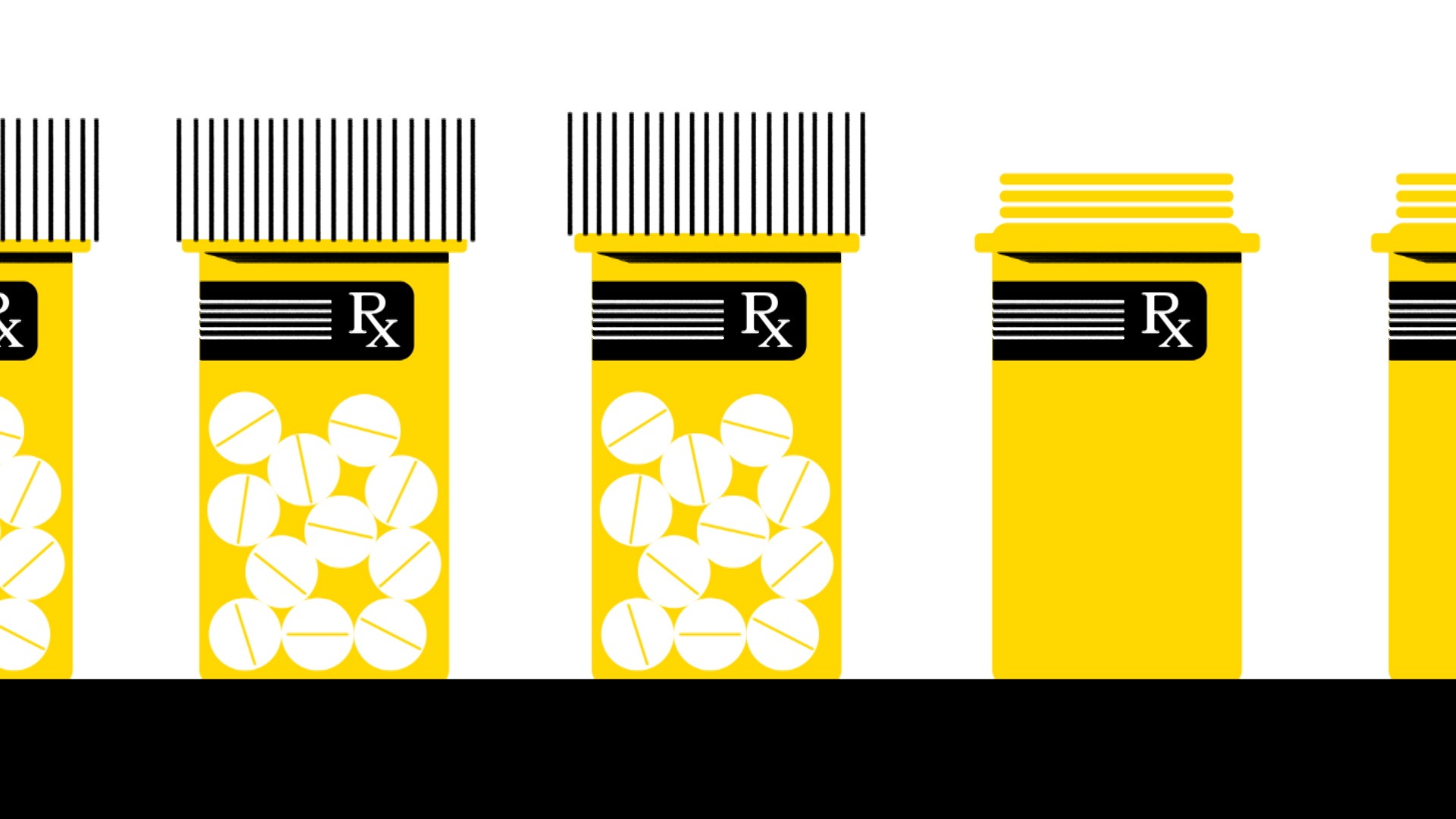The opioid epidemic cost the U.S. drastically more in 2015 than any previous estimates, according to a new government analysis published Sunday. The White House’s Council of Economic Advisers put the number at about $504 billion — amounting to nearly 3 percent of the nation’s gross domestic product and more than six times larger than any previous estimate of the epidemic’s economic toll.Past studies have tried to calculate the toll of the opioid crisis using the costs of lost wages, increased spending on health care and putting people through the criminal justice system. But the Council, which advises the president on economic policy, says these studies “vastly underestimate losses by undervaluing the most important one: the fatalities resulting from overdoses that involve opioids.”READ: Opioids are killing too many people to autopsy all the bodies“In assessing the benefits of fiscal and regulatory policies that limit opioid abuse in the United States,” the Council argues, “it is important to understand the costs associated with the epidemic that policies might mitigate.”Officially, about 33,000 people died from opioid-related overdoses in 2015. However, some studies indicate that such overdoses may in fact be 24 percent more common than previously thought, since they often go underreported on death certificates. The Council used that research in its report to estimate that closer to 41,000 people died from opioids in 2015.And in any case, that number has likely only gone up: The CDC estimates that at least 53,000 people overdosed on opioids in 2016.This is the Council’s first report on the opioid crisis, but the Council promises more are on the way. But the Council’s dire predictions and focus on fighting the opioid crisis may be at odds with the actions of its boss: In August, President Donald Trump called the opioid crisis a “national emergency,” an official designation that would allow the states and municipalities hit hardest by opioid abuse to access the $4.28 billion held in FEMA’s Disaster Relief Fund. Trump, however, failed to draw up the official paperwork for weeks.In October, Trump ultimately ended up calling the opioid epidemic a “public health emergency,” a designation doesn’t allow local officials to tap into FEMA’s billions. Instead, they get access to the Department of Health and Human Services’ Public Health Emergency Fund — which holds a grand total of $57,000.READ VICE News’ in-depth look at addicts in recovery and the programs that are — and aren’t — working.
Advertisement
